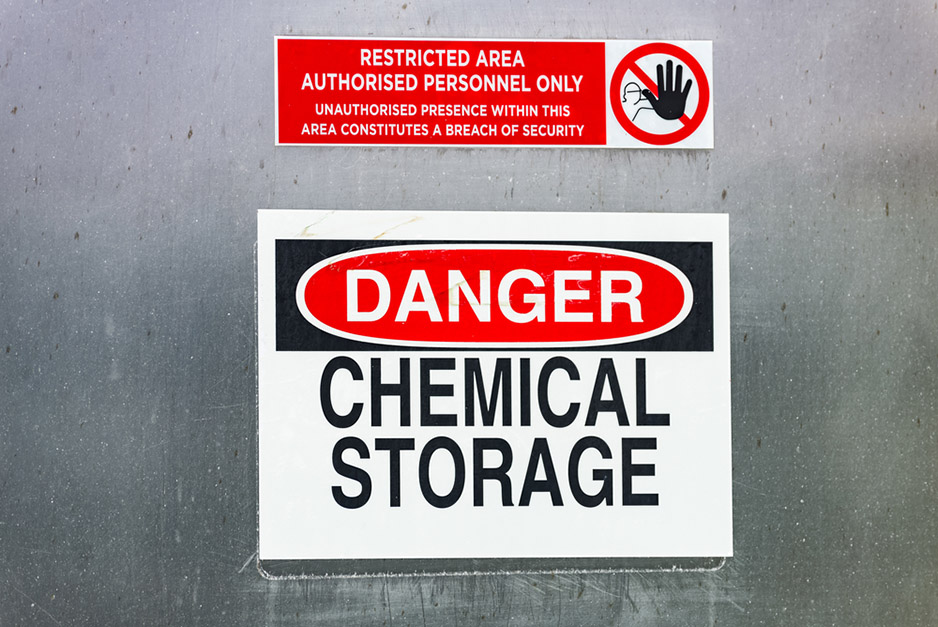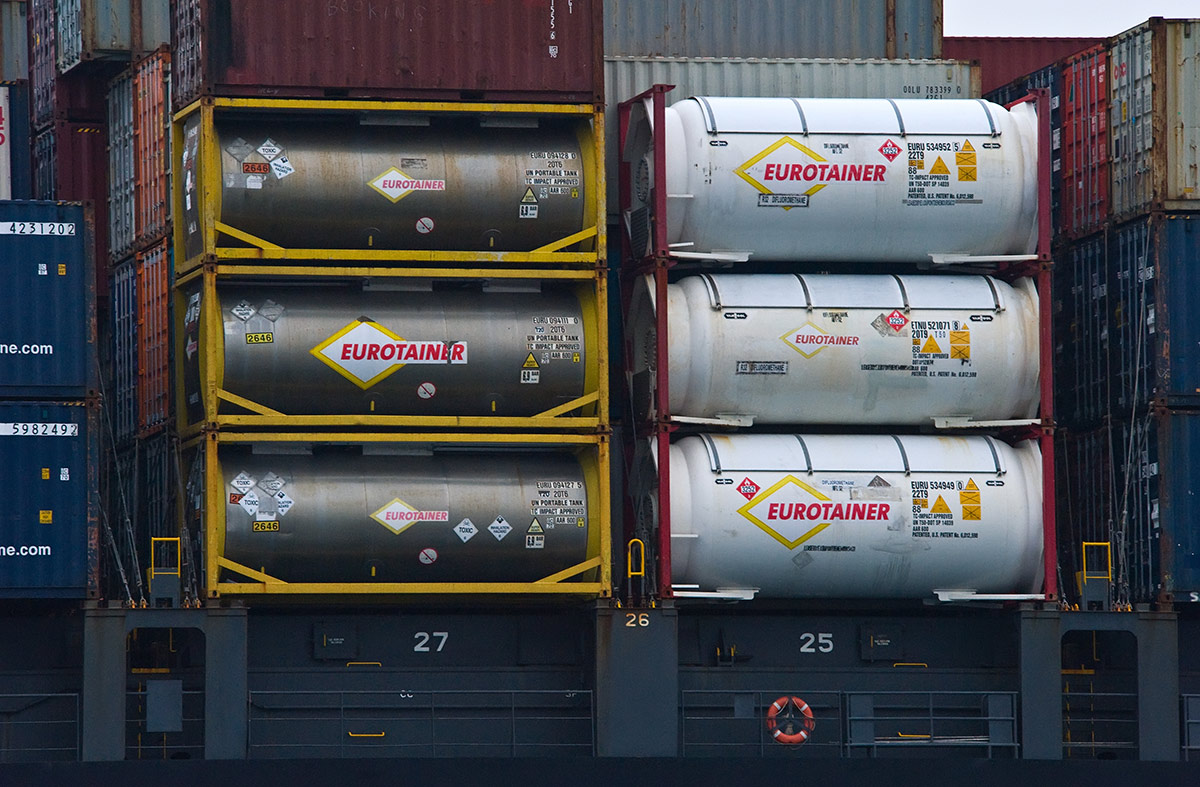What is a Chemical Oxygen Generator?
A chemical oxygen generator, as opposed to an oxygen concentrator, is a device that releases oxygen using a chemical reaction. The source can be a number of different things, for example it might be an inorganic superoxide, chlorate, etc. Within the concentrator, the reaction is caused by a firing pin, causing an exothermic reaction. For this reason, these generators are a potential fire hazard, and shipping them can become very tricky.
These generators are often used in aircraft, as well as in firefighting gear. Anywhere oxygen is needed, particularly in a dangerous environment, a chemical oxygen generator will be present. There is much more to them than meets the eye as they usually contain a device intended to absorb carbon dioxide, among toher things. They typically fall into two categories:
- Self Contained Oxygen Generators(SCOG)
- Self Contained Self Rescue Devices(SCSR)
In certain situations, these are used in a vacuum, containing enough oxygen for a single person for a single day. Now that we know what they are, however, how are they shipped?
Two Solutions
The first solution for the shipping of these oxygen generators Is intended for compressed cylinders, and is one of the more expensive packaging supplies for shipping hazardous materials. The HM224B Superbox does cost in excess of one thousand dollars, but it is considered one of the most durable lightweight Category 1 containers for both oxygen cylinders and oxygen generators.
With all of these boxes passing the AT 300 CAT 1 requirements, they can withstand both heat and flame penetrations. Remember, when pressurized these canisters can cause a fire hazard, and when shipped with other hazardous materials, a single spark can be deadly. These boxes for packaging supplies for shipping dangerous goods will both meet and exceed the standards, making them not only preferable, but necessary. In addition to that, they are cleared for air transport as they are comprised of an all-aluminum exterior with more than one thousand industrial grade rivets across the surface. The cylinder valve responsible for triggering the reaction is well protected within the container using a removable cradle tethered to the container. When it comes to dangerous shipping, especially with oxygen containers of this nature, you cannot get a better box than this.
Not everyone will be able to afford the reinforced aluminum box, of course, and with that being the case, there is a cheaper solution available that conforms to the rules of packaging for dangerous goods. This low cost solution adheres to UN 3356 which states that the item must be placed in a rigid outer packaging capable of passing the flame and heat penetration requirements set forth in 49 CFR 173.168. It should also be noted that this box is DOT31FP/HM224B compliant and can be used in air shipments as well as other types shipments, making it a bit cheaper, but still ideal. In addition to that, the box features the DOT31FP label, which will ensure the box is shipped properly and without delay. IT should be noted however, that it is not reinforced in the same way as the other box, and therefore cannot ship compressed oxygen. Still, it is a great value, and on that you should consider.
Other Options to Consider
There are several other packaging supplies for shipping hazmat available on the market and on our website that you might consider. Take a look at the different options and determine what would be best for you and your company. Though there seem to be a number of laws to abide by which might hinder the expedience of your shipping operation, it is important to remember that these rules and regulations are most certain in place for your safety, the safety of the individual doing the shipping, and the safety of the end user. That being said, make sure you get the right container, adhere to the laws, and most importantly, handle your packaging for hazardous goods properly. It won’t be long before you have the containers you need, shipping the items you sell all over the world. Just remember, it all starts with the proper shipping container, and we are here to help provide you with the one that you need to get the job done.








